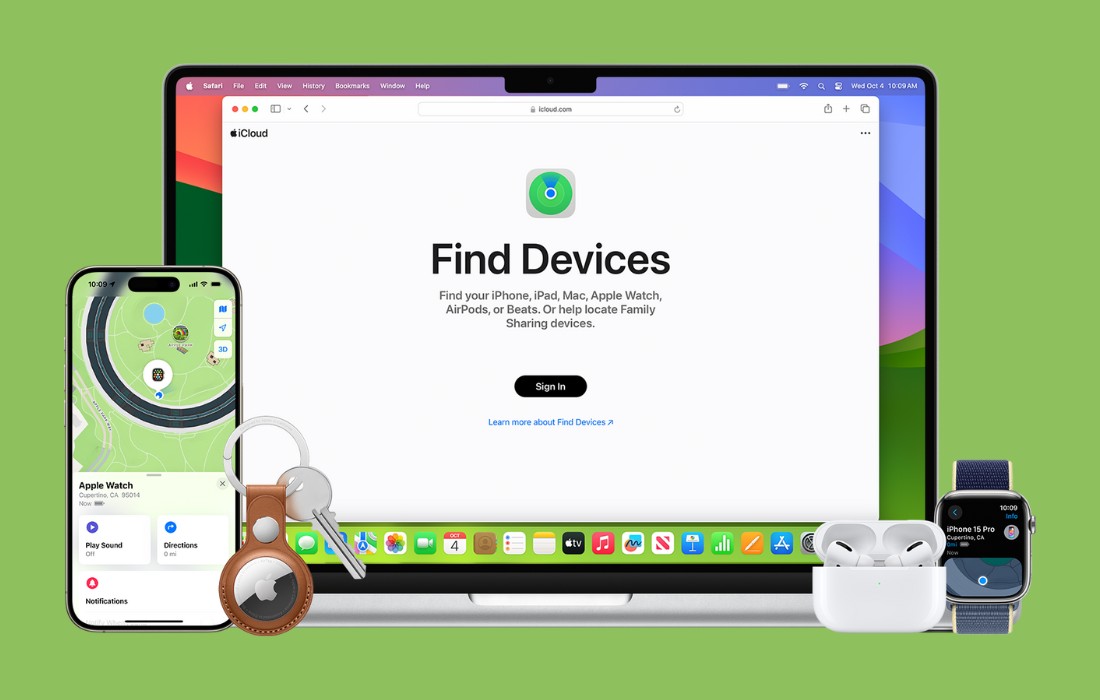Phishing remains one of the most pervasive threats in cybersecurity, targeting individuals and organizations alike. Its primary goal is to steal sensitive credentials and passwords through deceptive practices. While traditional phishing often involves fraudulent emails or web pages, a more sophisticated variant known as Lateral Phishing has emerged, posing a significant risk to user security. This article explores what Lateral Phishing is, why it’s particularly dangerous, and how to protect yourself from it.
What is Lateral Phishing?
Lateral Phishing is an advanced form of phishing that involves the compromise of a legitimate email account to execute fraudulent activities. Unlike traditional phishing, which typically involves creating fake email addresses that mimic legitimate ones, Lateral Phishing leverages an already compromised, authentic email account to deceive victims. Here’s how it works:
- Account Compromise: Attackers first gain control of a legitimate email account, often from an organization or company. This could be achieved through various means, such as exploiting weak passwords, phishing the account owner, or using malware.
- Internal Phishing: Once the attacker has control of the legitimate account, they use it to send phishing emails to the account’s contacts, including employees, customers, or business partners. These emails appear to come from a trusted source, reducing the likelihood of suspicion.
- Bypassing Security Filters: Since the phishing emails originate from a legitimate account, they are less likely to be flagged as spam or malicious by email filters. This increases the chances that the emails will be successfully delivered and interacted with.
Why is Lateral Phishing More Dangerous?
Lateral Phishing enhances the effectiveness of phishing attacks by exploiting trust and familiarity. Here’s why it’s particularly dangerous:
- Increased Credibility: Emails sent from a legitimate account are perceived as more trustworthy. Recipients are less likely to question the authenticity of the message, making them more susceptible to providing sensitive information or clicking malicious links.
- Reduced Detection: Since the phishing email comes from a genuine address, it’s less likely to be caught by spam filters or security systems. This means the attack has a higher chance of reaching its target without being intercepted.
- Broader Impact: By compromising a legitimate account, attackers can potentially access a broader range of contacts and spread their phishing attempts further. This can lead to a higher number of victims and more significant damage.
How to Protect Yourself from Lateral Phishing
Protecting yourself from Lateral Phishing involves a combination of vigilance and proactive security measures:
- Exercise Caution: Always be skeptical of any requests for sensitive information, even if they come from a legitimate-looking email address. Verify the request through another communication channel if you’re unsure.
- Direct Access: Avoid clicking on links or downloading attachments from emails. Instead, access your accounts and services directly by typing the URL into your browser. This helps ensure that you’re not being redirected to a fraudulent site.
- Verify Requests: If you receive an unexpected request for sensitive information or credentials, contact the organization or individual through a verified contact method before taking any action.
- Enable Two-Factor Authentication (2FA): Implementing 2FA adds an extra layer of security. Even if an attacker obtains your password, they would still need the second factor (such as a code sent to your phone) to gain access to your account.
- Educate Yourself and Others: Regularly educate yourself and your team about phishing tactics and best practices. Awareness and training can significantly reduce the risk of falling victim to phishing attacks.
- Monitor Account Activity: Regularly review your account activity for any suspicious behavior. Promptly report any unauthorized access or unusual activity to your organization’s IT department or service provider.
Conclusion
Lateral Phishing represents a significant evolution in phishing tactics, capitalizing on the trust associated with legitimate email accounts to execute malicious attacks. By understanding the nature of Lateral Phishing and implementing robust security practices, you can better protect yourself and your organization from this sophisticated threat. Staying vigilant and proactive is key to defending against phishing and maintaining your cybersecurity.












